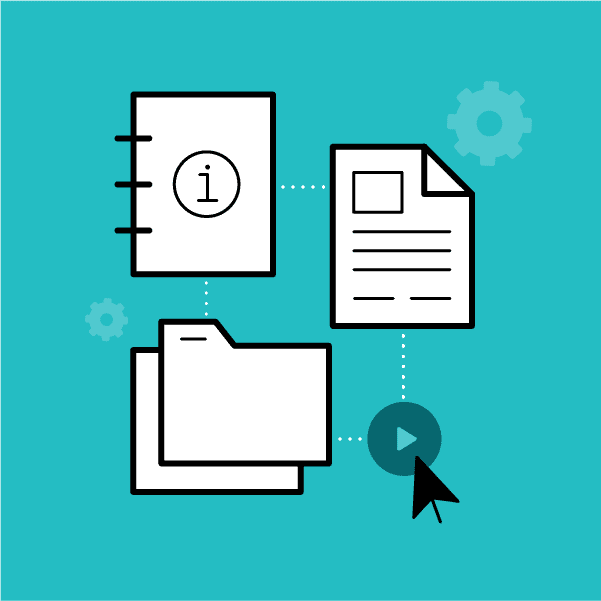This guest blog was written by Dr. Timothy Ponce. Dr. Ponce holds a PhD in English and a Certificate in Teaching Technical Writing from the University of North Texas. In addition to serving as an Associate Professor of Instruction at the University of Texas Arlington (UTA), he also serves as both the Coordinator of Internships and Coordinator of Technical Writing and Professional Design in the Department of English.
Write as few words as possible without getting sued.
This is my tongue-in-cheek response to students who ask for word count requirements in my technical communication courses. After years of being asked to write long, expository essays, students typically resist my demand for concise writing. They come to realize, though, that the technical documentation they write for me serves a very different purpose than the essays they have written in other classes.
The purpose of technical documentation, like all technical communication, is to help a user solve a problem, make a decision, or complete a task all in a timely manner. Thus, this technical document must clearly communicate the information needed to complete that mission, in part, by leaving out irrelevant content. Technical communicators achieve this concision through best practice strategies at the document and sentence level. Read on for further guidance on creating concise documentation.
Document Level Strategies
- User Analysis: Understanding the user’s end goal is the linchpin to concise writing. It is impossible to determine what information to include or exclude if writers do not know the objective of the user. Working with a strong user research team pays dividends, eliminating unnecessary revisions due to a misunderstanding of user need and enhancing user experience.
- Chucked Layout: Concision comes from more than a small word count; it is also a feeling that comes through well chunked content. When information is broken into smaller, more intellectually digestible bites, it causes the user to feel less overwhelmed and more willing to engage the document. Large amounts of information divided into smaller sections feels more concise than fewer sections with lots of data. Breaking information into its smallest part also helps technical communicators recycle it into different outputs when using single source authoring software, like MadCap Flare.
Sentence Level Strategies
- Eliminate Words: More specifically, eliminate words that do not directly enhance and support the purpose of your document design. For instance, look at this sample sentence:
The participants can randomly pick their seats and sit anywhere.
If the purpose of my communication is to let the readers know about the seating arrangements, I can eliminate many words. The sentence could be revised to read, “Participants can sit anywhere”.
Did the eliminated words add meaning to the sentence? Yes. But they provided extra information not related to my purpose, creating a barrier to effective communication.
- Strengthen Verb Phrases: Verbs are the heart of a sentence. When they get watered down, they become weak and lead to user confusion. This often happens when writers combine words with their verbs, like in the following example:
This class is taking place online.
The writer added “is” to the verb “taking,” making it weaker. The sentence could be condensed to, “This class takes place online.”
Verbs also become weaker when writers separate them from the subject. For example, look at how far the verb phrase “was to measure” is from the subject, “study”.
In the UX study, the main goal of the study was to measure user satisfaction with the interface.
To make this stronger through concision, the sentence can be rewritten as, “The UX study measured user satisfaction with the interface.”
- Use Specific Nouns: Words like “thing" should be eliminated from a technical writer’s lexicon. Lack of noun specificity choice can cause confusion. For instance, look at the use of the word “things” and “people” in this example:
Our objective is to produce things that people like.
What things? What people? The sentence lacks meaning because of these vague nouns, which will force the writer to add extra sentences to clarify the confusion. It could be rewritten as follows for good documentation: “Our objective is to produce web interfaces that students find usable.”
In a world where readers skim documents to find what they need, concise documentation is non-negotiable. Writing a technical document with this style and detail means users quickly find what they need, enhancing their overall experience.









